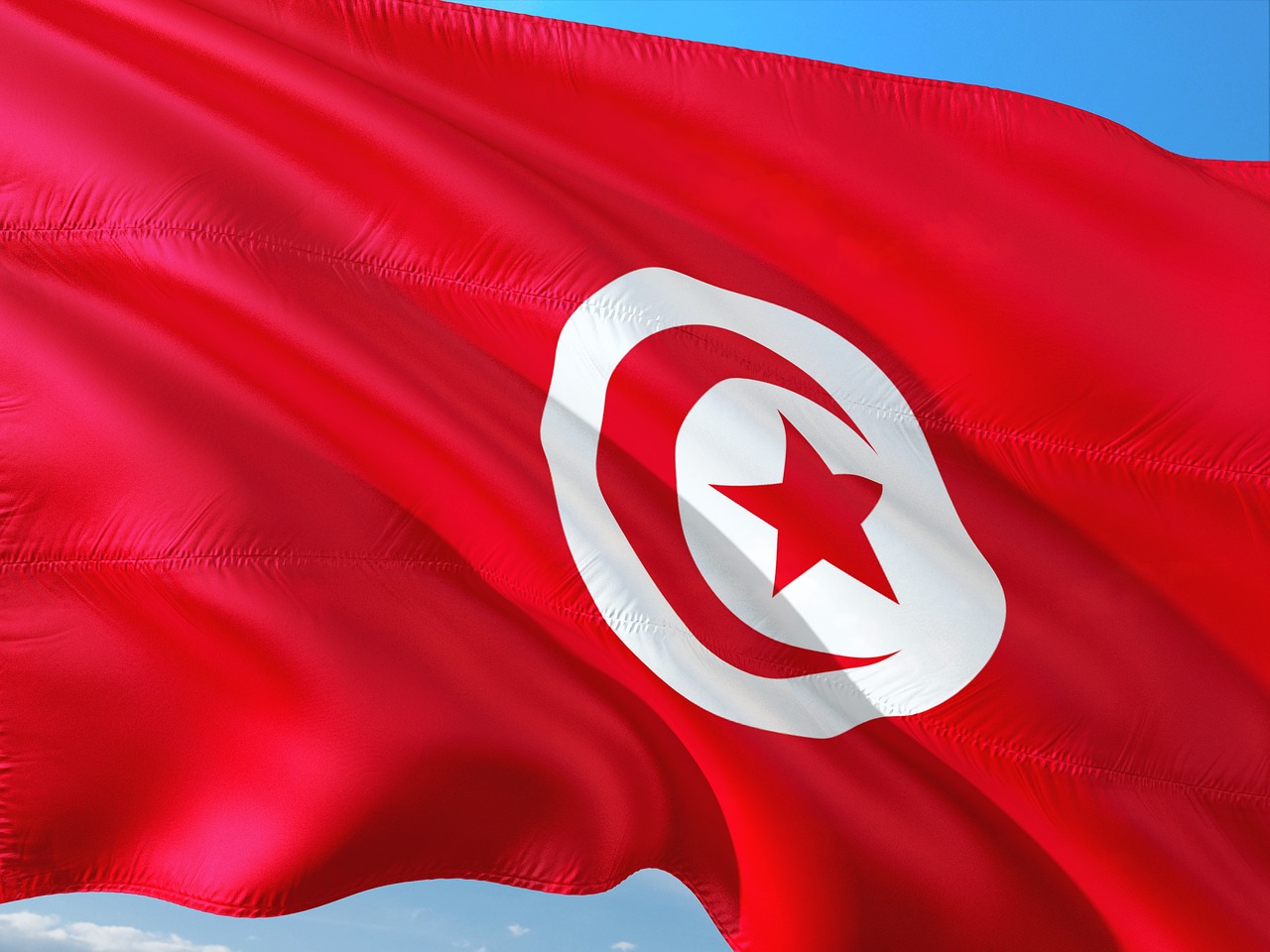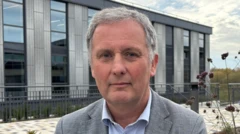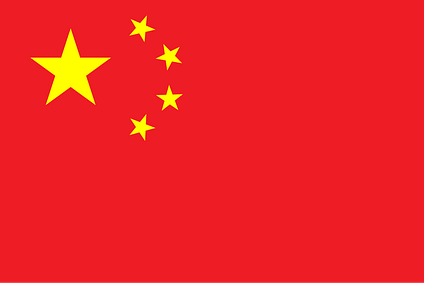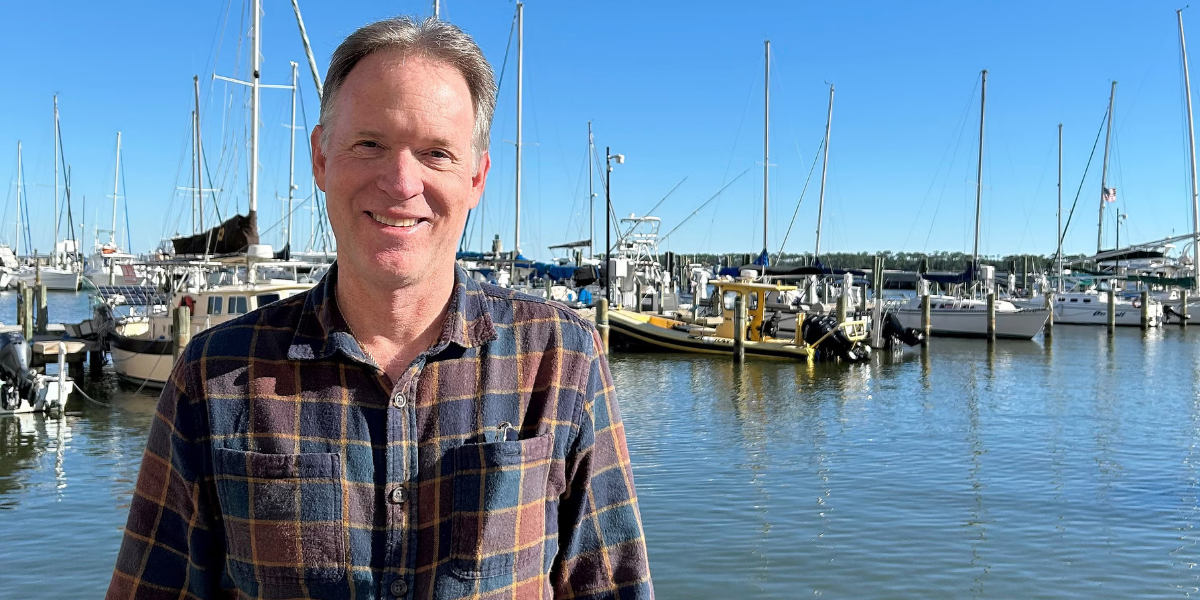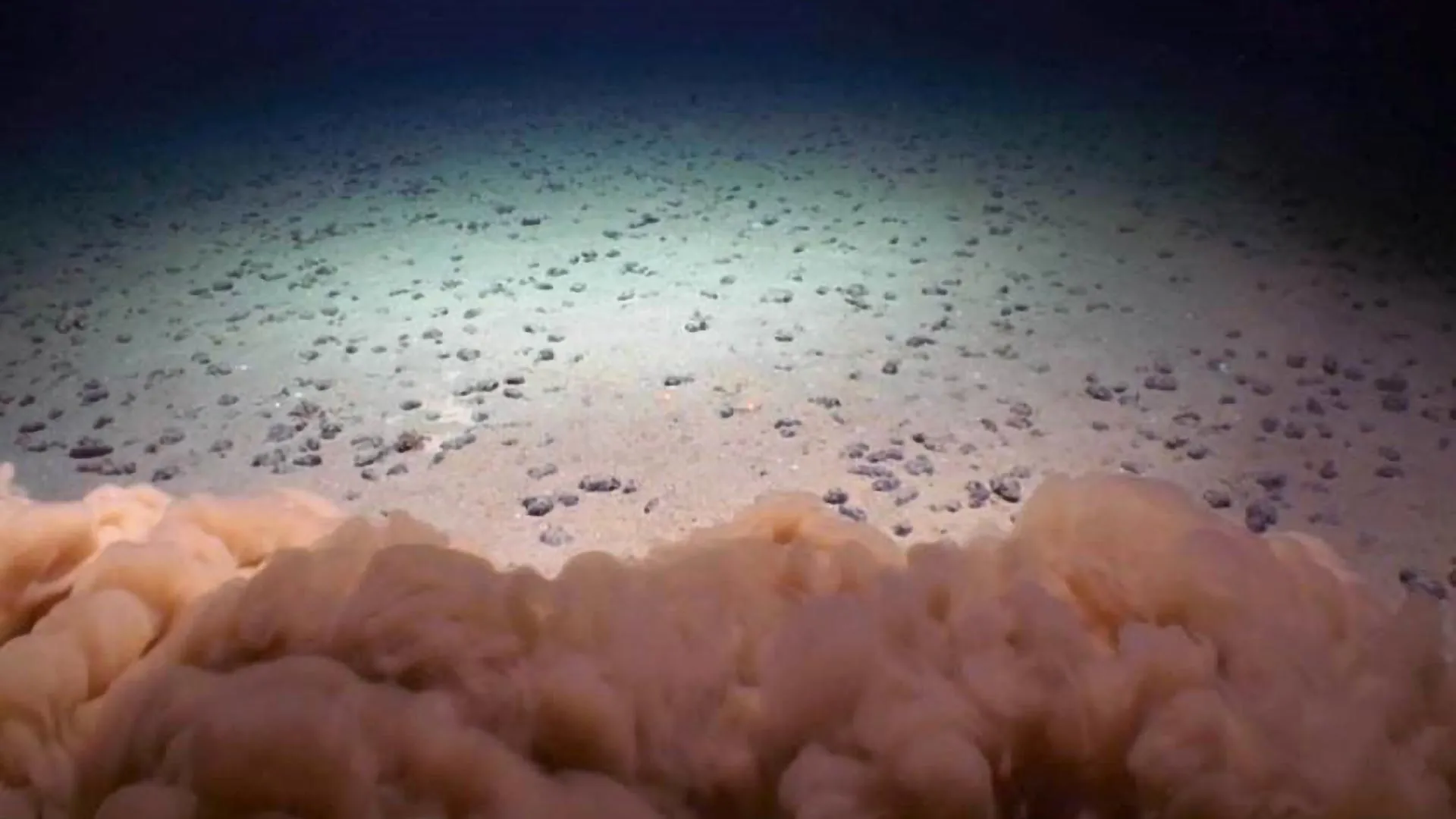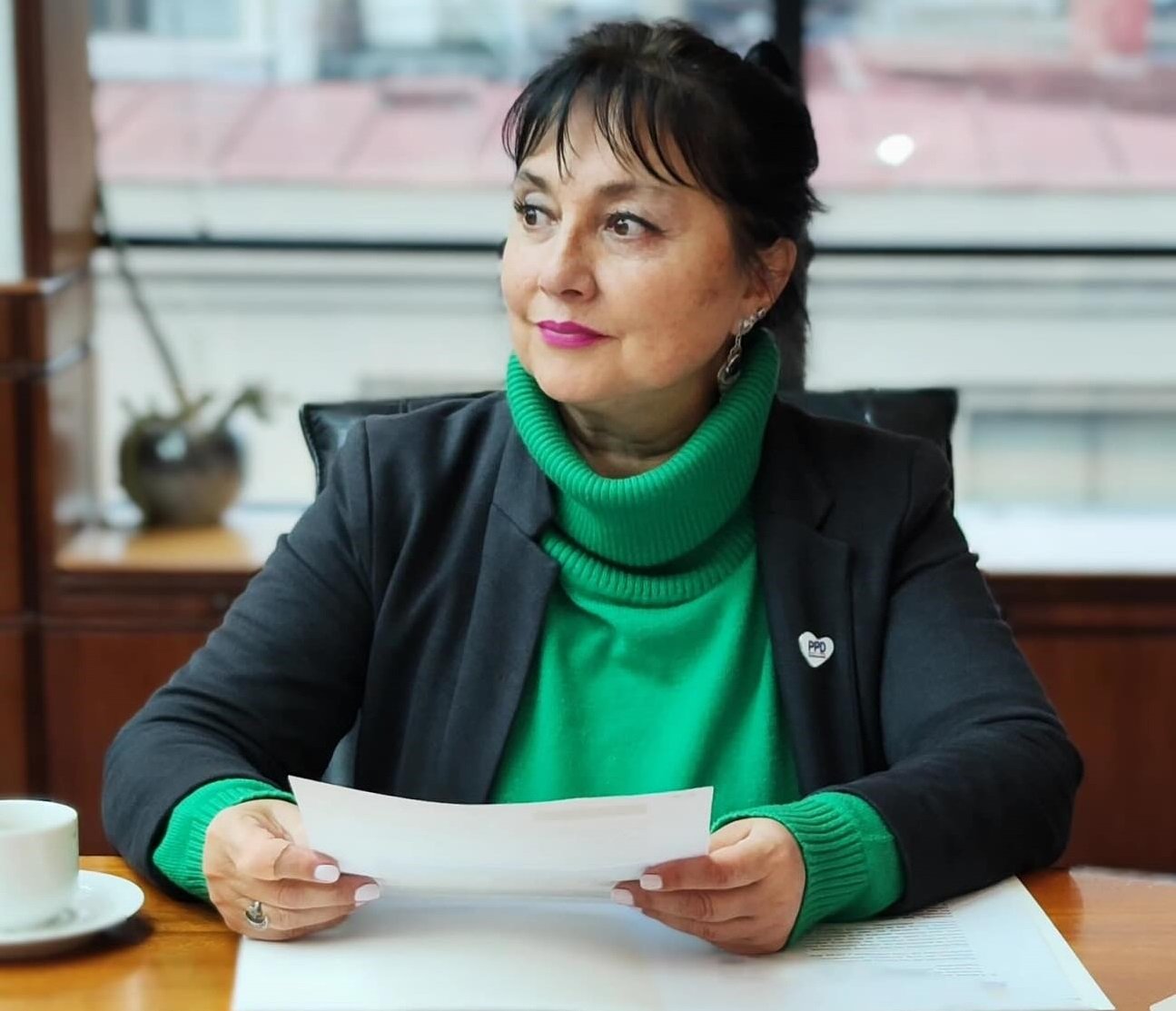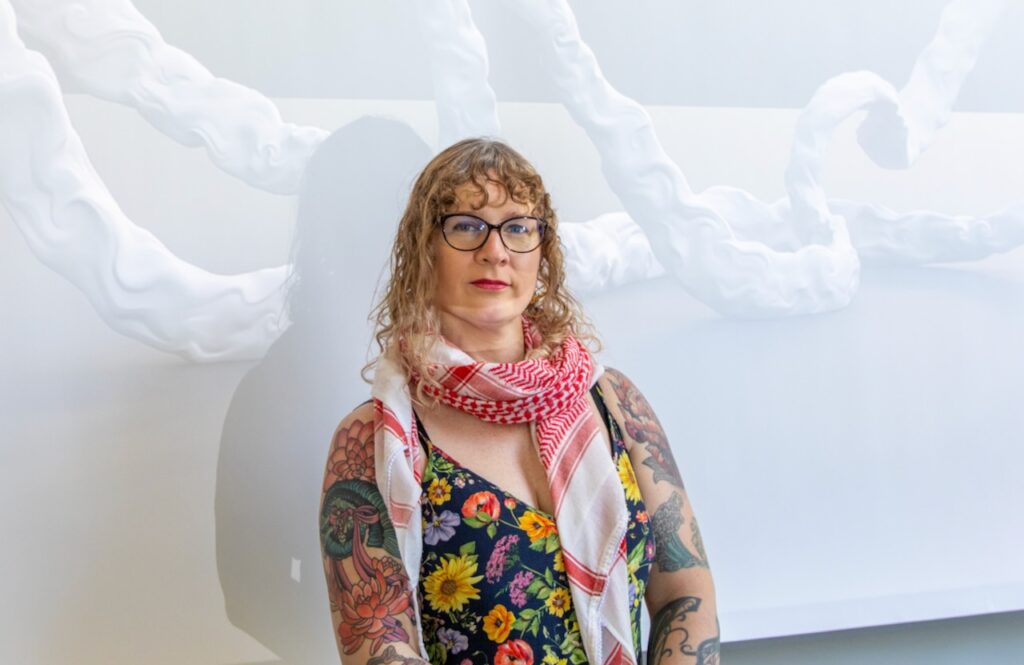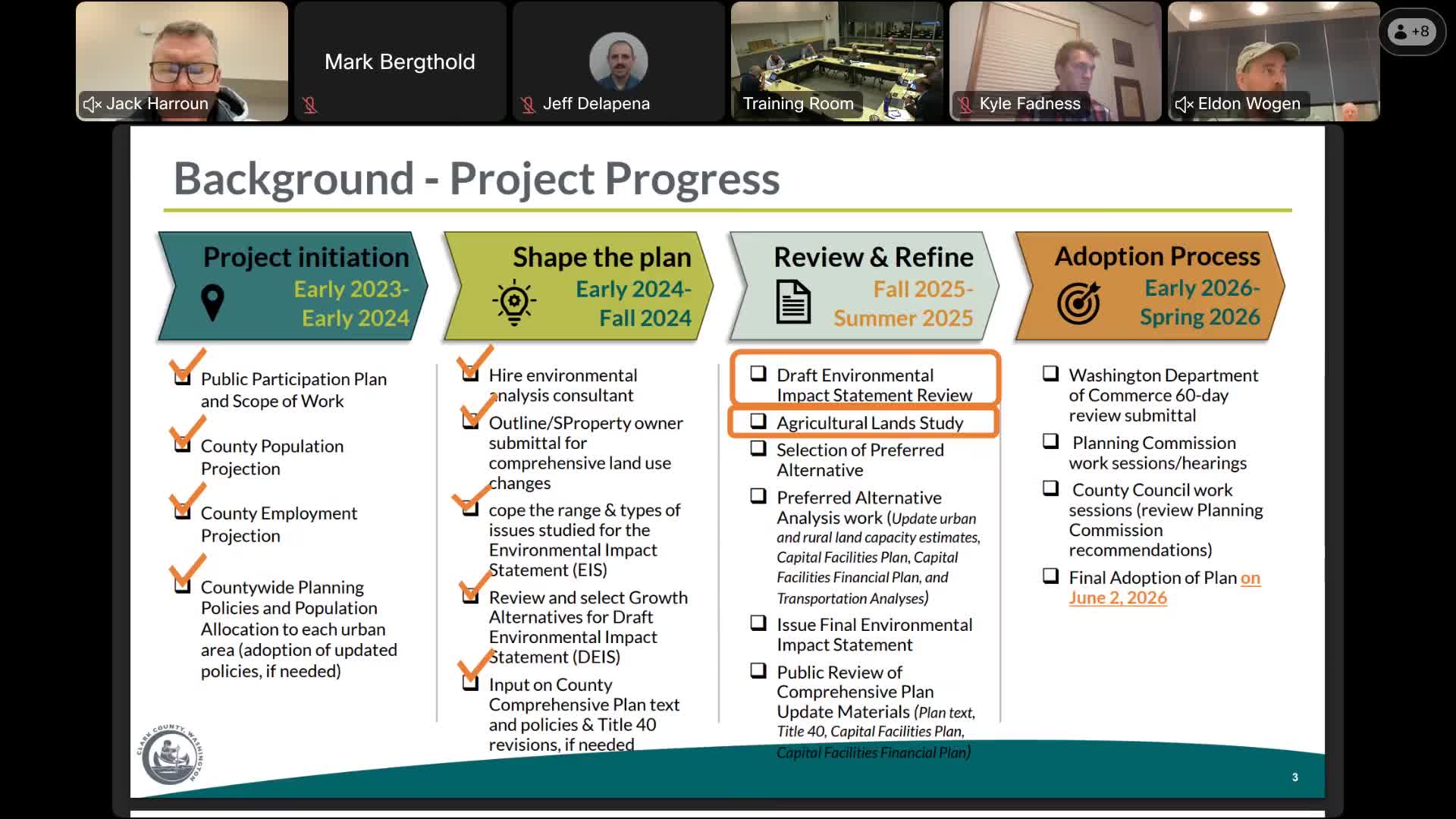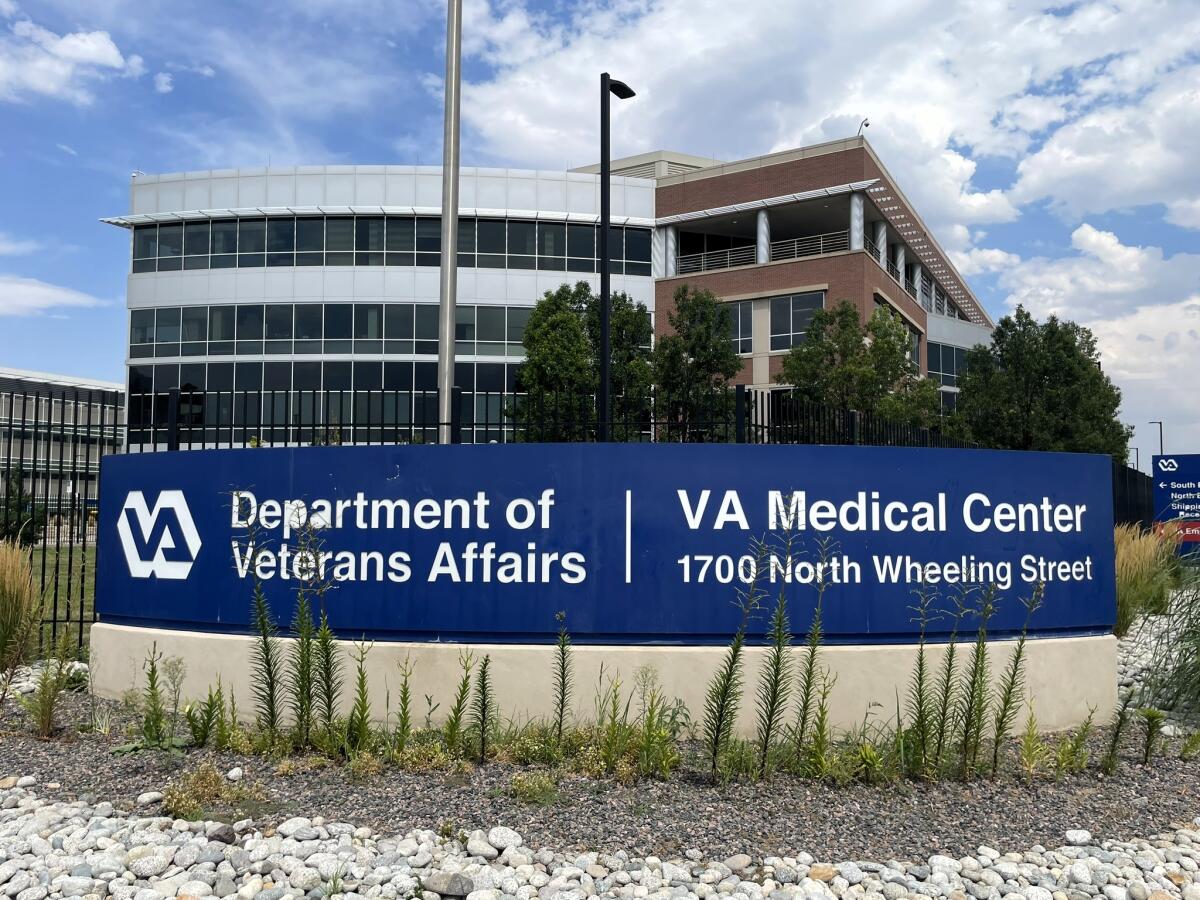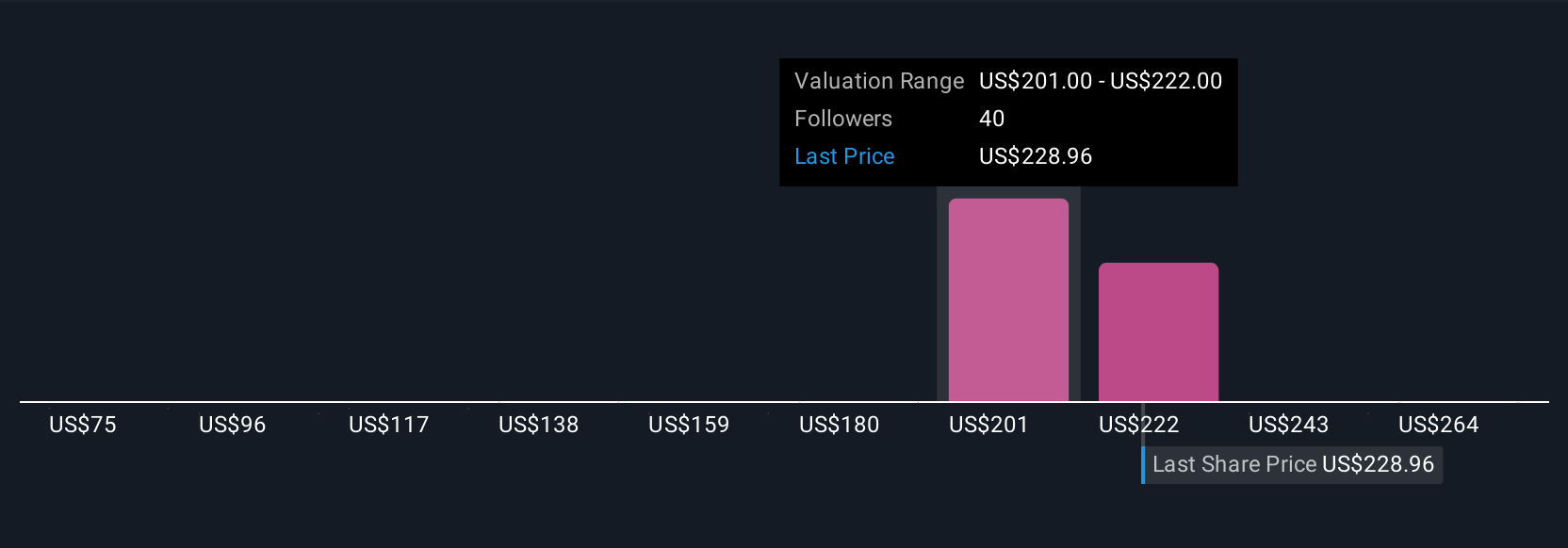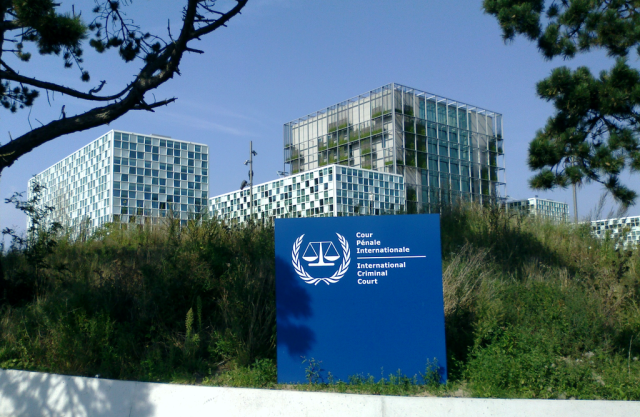MIP held lectures at the International Summer School in Sarajevo – UNITED NATIONS | International Residual Mechanism for Criminal Tribunals

Report on MIP’s Contribution to Sustainable Development Goals at the 19th International Summer School Sarajevo
Executive Summary
On 28 July 2025, a representative of the Mechanism Information Programme for Affected Communities (MIP) delivered a series of presentations at the 19th International Summer School Sarajevo. The engagement directly supported key United Nations Sustainable Development Goals (SDGs), primarily SDG 16 (Peace, Justice and Strong Institutions) and SDG 4 (Quality Education). The initiative, a collaboration exemplifying SDG 17 (Partnerships for the Goals), aimed to educate young leaders on the role of international justice in post-conflict reconciliation.
Advancing SDG 16: Peace, Justice and Strong Institutions
The MIP’s participation was fundamentally aligned with the promotion of peaceful, just, and inclusive societies as outlined in SDG 16. The sessions focused on strengthening the understanding of justice mechanisms and the rule of law.
- Strengthening Institutions: The initial session detailed the legacy of the International Criminal Tribunal for the former Yugoslavia (ICTY) and the ongoing work of the International Residual Mechanism for Criminal Tribunals (Mechanism). This highlighted the development of effective, accountable, and transparent institutions at all levels (Target 16.6).
- Promoting Rule of Law: By presenting a framework grounded in judicially established facts regarding the Srebrenica genocide, the MIP reinforced the importance of the rule of law at national and international levels and ensured equal access to justice for all (Target 16.3).
- Human-Centric Justice: The screening of the documentary “Through Their Eyes: Witnesses to Justice” and the subsequent discussion emphasized the vital role of witnesses. This underscored the human dimension of justice and the importance of victim-centric approaches in building lasting peace.
Fostering SDG 4: Quality Education for Peace
The Summer School served as a critical platform for advancing SDG 4, particularly Target 4.7, which aims to ensure all learners acquire the knowledge and skills needed to promote sustainable development, including the promotion of a culture of peace and non-violence.
- Educational Framework: The presentation on the Srebrenica genocide provided 26 students and young professionals from 23 countries with an educational framework based on established facts, countering misinformation and fostering critical understanding of past conflicts.
- Digital Learning Tools: Participants were guided through the MIP’s online exhibition, “Srebrenica: Timeline of a Genocide,” demonstrating the use of modern educational resources to promote knowledge of human rights and transitional justice.
- Curriculum for Global Citizenship: The event, fully accredited by the University of Sarajevo, contributes to a curriculum that equips future leaders with an understanding of international law and its role in preventing future atrocities.
Demonstrating SDG 17: Partnerships for the Goals
The event exemplified a multi-stakeholder partnership essential for achieving the SDGs. The successful implementation of the Summer School was a result of the combined efforts of several key actors:
- The Mechanism Information Programme (MIP)
- Association “Pravnik”
- The Rule of Law Programme SouthEast Europe of the Konrad-Adenauer-Stiftung
- The University of Sarajevo
- The European Union (as funder of the MIP)
This collaboration between international judicial bodies, civil society organizations, academic institutions, and international funders is a model for supporting projects in transitional justice and contributing to the broader 2030 Agenda for Sustainable Development in the former Yugoslavia.
Analysis of Sustainable Development Goals (SDGs) in the Article
SDG 16: Peace, Justice and Strong Institutions
- The article is fundamentally about promoting peace and justice in the post-conflict region of the former Yugoslavia. It details the efforts of the Mechanism Information Programme for Affected Communities (MIP) to use the legacy of the International Criminal Tribunal for the former Yugoslavia (ICTY) and the International Residual Mechanism for Criminal Tribunals (Mechanism) to foster reconciliation. The focus on “international criminal justice,” “judicially established facts” about the Srebrenica genocide, and the role of witnesses in the “pursuit of justice” directly aligns with the core principles of SDG 16. The goal is to build lasting peace by ensuring accountability for past crimes and strengthening the rule of law.
SDG 4: Quality Education
- The event described, the “19th International Summer School Sarajevo 2025,” is an educational initiative. It gathers “students and young professionals” to deepen their understanding of complex issues. The MIP’s presentations are explicitly educational, aiming to “improve the knowledge and understanding of citizens and communities.” The content, focusing on international justice, human rights (via witness testimonies), and the history of conflict, contributes directly to education for peace, non-violence, and global citizenship.
SDG 17: Partnerships for the Goals
- The article highlights a multi-stakeholder partnership to achieve the goals of peace and education. It explicitly mentions the collaboration between several entities: the MIP (an international mechanism program), the Association “Pravnik” (a civil society organization), the Rule of Law Programme SouthEast Europe of the Konrad-Adenauer-Stiftung (a foundation), and the University of Sarajevo (an academic institution). Furthermore, it states that the “MIP is funded by the European Union,” indicating a partnership that mobilizes financial resources to support these objectives.
Identified SDG Targets
SDG 16: Peace, Justice and Strong Institutions
- Target 16.3: Promote the rule of law at the national and international levels and ensure equal access to justice for all. The article’s focus on the work of the ICTY, the Mechanism, and the ICC, with lecturers including “former and current prosecutors and judges,” is a direct effort to promote the international rule of law. The screening of the documentary “Through Their Eyes: Witnesses to Justice” emphasizes the role of witnesses in achieving justice, which is a key aspect of access to justice.
- Target 16.6: Develop effective, accountable and transparent institutions at all levels. The MIP’s work to disseminate information about the cases and legacy of the ICTY and the Mechanism is an exercise in institutional transparency. Its aim to “improve the knowledge and understanding of citizens and communities” about the crimes committed makes the work of these judicial institutions more accessible and accountable to the affected populations.
- Target 16.a: Strengthen relevant national institutions, including through international cooperation, for building capacity at all levels… to prevent violence and combat… crime. The article describes the MIP’s support for “projects and events implemented by civil society organizations active in the field of transitional justice in the former Yugoslavia.” This represents international cooperation aimed at building the capacity of local organizations and future leaders (students and young professionals) to promote justice and prevent future conflict.
SDG 4: Quality Education
- Target 4.7: Ensure that all learners acquire the knowledge and skills needed to promote sustainable development, including… promotion of a culture of peace and non-violence, global citizenship and appreciation of cultural diversity… The Summer School’s curriculum, which includes understanding “the importance of international criminal justice in promoting reconciliation,” learning about the “genocide in Srebrenica” through “judicially established facts,” and reflecting on the “human dimension of international justice,” directly provides learners with knowledge to promote a culture of peace and non-violence.
SDG 17: Partnerships for the Goals
- Target 17.17: Encourage and promote effective public, public-private and civil society partnerships… The event is a clear example of such a partnership, organized by “the Association ‘Pravnik’ and the Rule of Law Programme SouthEast Europe of the Konrad-Adenauer-Stiftung,” featuring the MIP, and accredited by the “University of Sarajevo.” This collaboration between civil society, a foundation, an international program, and academia demonstrates an effective partnership in action.
Identified SDG Indicators
SDG 16: Peace, Justice and Strong Institutions
- Implied Indicator: The existence and programmatic activities of transitional justice mechanisms and their outreach programs. The article details the specific activities of the MIP, such as delivering presentations, using an online exhibition (“Srebrenica: Timeline of a Genocide”), and screening a documentary (“Through Their Eyes: Witnesses to Justice”), which serve as qualitative indicators of efforts to promote justice and the rule of law.
SDG 4: Quality Education
- Quantitative Indicator: The number of participants and their geographic diversity. The article states the Summer School “gathered 26 participants from 23 countries,” providing a specific measure of the reach of this educational initiative.
- Qualitative Indicator: The implementation of educational programs and materials focused on peace and human rights. The article mentions specific educational tools used, such as the lecture on the Srebrenica genocide, the online exhibition, and the documentary about witness testimonies, which are indicators of education for a culture of peace.
SDG 17: Partnerships for the Goals
- Quantitative Indicator: The number and type of organizations involved in the partnership. The article names at least four distinct partners (MIP, Pravnik, Konrad-Adenauer-Stiftung, University of Sarajevo) and a key funder (European Union), indicating the scale and multi-stakeholder nature of the collaboration.
Summary of SDGs, Targets, and Indicators
| SDGs | Targets | Indicators |
|---|---|---|
| SDG 16: Peace, Justice and Strong Institutions |
16.3: Promote the rule of law and ensure equal access to justice.
16.6: Develop effective, accountable and transparent institutions. 16.a: Strengthen institutions through international cooperation to prevent violence. |
– Implementation of outreach activities (presentations, exhibitions, documentaries) by transitional justice mechanisms (MIP). – Dissemination of information on judicially established facts to improve public knowledge and institutional transparency. – Support for projects by local civil society organizations active in transitional justice. |
| SDG 4: Quality Education | 4.7: Ensure learners acquire knowledge for promoting a culture of peace, non-violence, and global citizenship. |
– Number of participants in educational programs (26 students and young professionals from 23 countries). – Use of specific educational materials on peace, justice, and human rights (lectures, online exhibition, documentary). |
| SDG 17: Partnerships for the Goals | 17.17: Encourage and promote effective public, public-private and civil society partnerships. |
– Number and type of collaborating entities (MIP, Association “Pravnik,” Konrad-Adenauer-Stiftung, University of Sarajevo). – Mobilization of financial resources from international partners (Funding from the European Union). |
Source: irmct.org

What is Your Reaction?
 Like
0
Like
0
 Dislike
0
Dislike
0
 Love
0
Love
0
 Funny
0
Funny
0
 Angry
0
Angry
0
 Sad
0
Sad
0
 Wow
0
Wow
0











